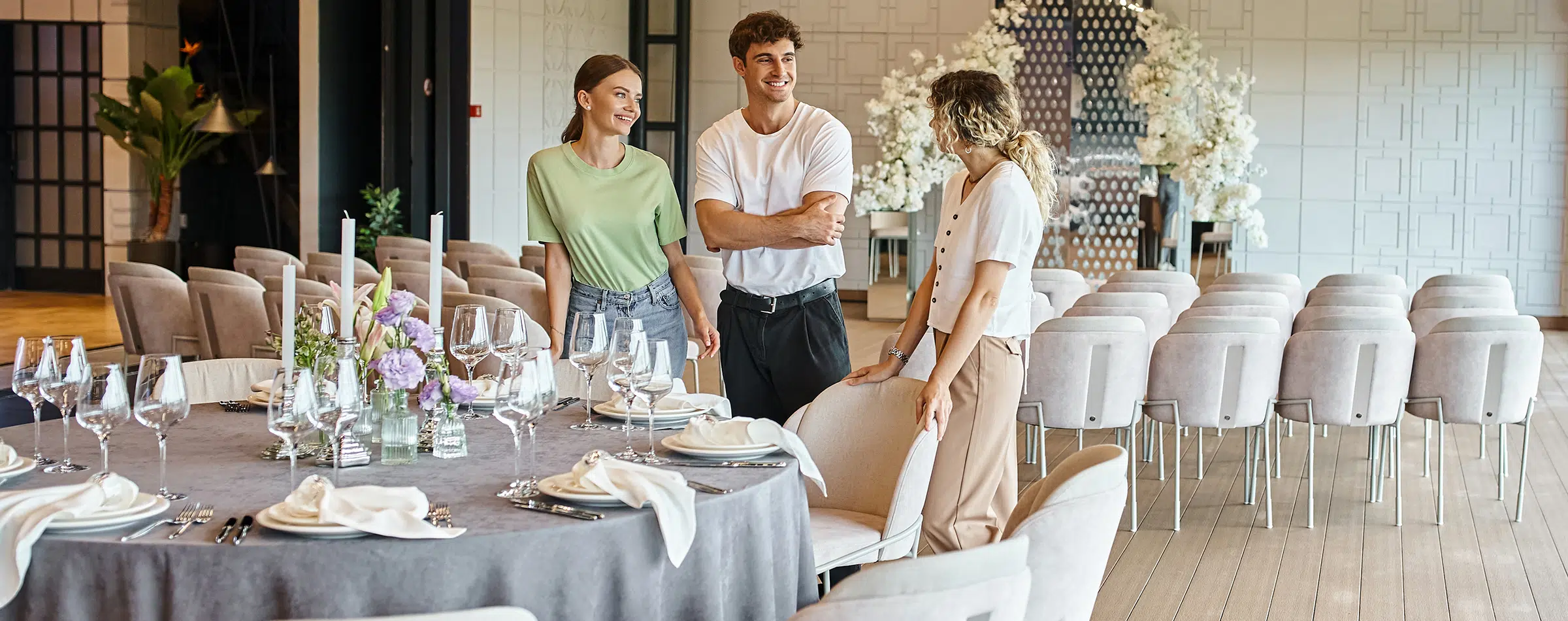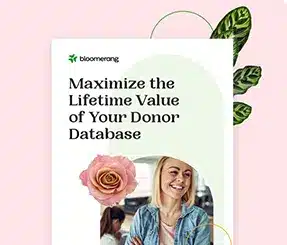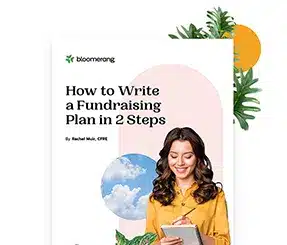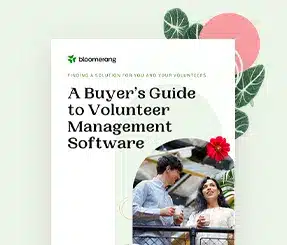You Threw a Great Event. Now What?


Full Platform Overview Chat With Us



Full Platform Overview Chat With Us




The lights are down. The chairs are stacked. Maybe you even have a few checks in hand.
You pulled off a great event—and you should absolutely celebrate that.
But here’s the real question: what happens next?
A fundraising event isn’t the finish line—it’s the first spark.
The real magic happens after the big night—when you turn excitement into engagement, and first-time attendees into lifelong supporters.
Because it’s not just about hosting a great evening.
It’s the connection you build afterward.
That’s where real fundraising success begins—and where too many organizations leave opportunity on the table.
In this blog, we’ll walk you through how to turn event momentum into lasting connection—and why the smartest nonprofits know that a great event is just the beginning.
You know the feeling after a big night: a full heart, maybe a little exhaustion, and hopefully a sense of pride.
But if your engagement strategy ends when the tablecloths come off, you’re missing the biggest opportunity your event created.
An event is designed to spark connection—not to complete it.
It opens a door. It gives people a glimpse into your mission, your community, and your impact.
But no matter how inspiring the evening was, lasting relationships don’t happen by accident.
Without intentional, thoughtful follow-up, even the most successful event can fizzle into a warm memory instead of a lasting partnership.
The best nonprofit leaders know this:
The relationship-building work that happens after the event is where real fundraising power lives—whether you’re cultivating your next major donor, welcoming a new monthly giver, or simply making a first-time guest feel seen and valued.
The good news?
It doesn’t require magic.
It just requires a plan—and a commitment to keep the conversation going long after the last chair is folded up.
A great event opens the door. But your fundraising event follow-up is what invites people inside—and makes them want to stay.
When you’re thoughtful about what happens after the event, you turn a good first impression into the beginning of something deeper: a relationship grounded in trust, purpose, and shared mission.
Here’s how to turn that event-night energy into ongoing engagement:
Donors and attendees should hear from you fast—and personally.
Not just a form letter or a generic blast, but a real thank you that connects their presence to your mission.
✔️ Send a thank-you email or letter within 24–48 hours.
✔️ Mention something specific: the total raised, an emotional highlight, or a meaningful moment from the event.
✔️ If possible, have board members or staff make a few quick thank-you calls to top prospects or new guests.
The goal?
Make supporters feel like partners, not just participants.
People want to know they made a difference.
Don’t just thank them for showing up—show them what their support made possible.
✔️ Send a follow-up email spotlighting the key outcomes from your event:
✔️ Use photos, videos, or short supporter testimonials to bring the impact to life.
Pro tip:
Frame the event as a springboard: “Because of you, we can now [insert exciting next steps].” This shifts the focus from “the night” to “the journey they’ve joined.”
Don’t leave the relationship hanging.
Use the momentum to invite attendees into a deeper relationship with your organization.
✔️ Share clear next steps:
Small invitations lead to bigger commitments.
That well-timed nudge today can become a major gift tomorrow.
At Bloomerang’s GiveCon 2025, nonprofit leaders emphasized one simple but powerful strategy: Draft your post-event follow-up before the big night.
When you map out your thank-yous, impact stories, and next-step invitations ahead of time, you can move quickly after the event—while the excitement is still fresh.
It’s one of the easiest ways to turn short-term enthusiasm into long-term engagement.
Amy Funk of F+H Partners Consulting put it simply:
“Drafting your follow-up in advance doesn’t just save time—it sets you up to build real relationships while the connection is still warm.”
Want the full roadmap for designing fundraising events that build relationships from the ground up—not just great follow-up?
When the final numbers come in after a fundraising event, it’s tempting to look only at the dollars.
How much did we raise?
Did we hit our goal?
Is the event “worth it” based on the night’s revenue?
Those numbers matter—but they’re only part of the story.
If you only measure success by the total raised that night, you miss the bigger picture: The real return on your event isn’t what happens during the event.
It’s what happens afterward.
True event success looks like this:
Lifetime value—not one-night totals—is the real measure of event ROI.
It’s easy to walk away from a successful gala thinking you raised $100,000 in one night.
But if you intentionally nurture the relationships you sparked that night, that $100,000 could turn into $1 million over the next decade.
That kind of growth doesn’t happen by accident.
It happens when you see the event not as a standalone win, but as the opening chapter of a much bigger donor journey.
Events are easy to treat as moments.
Plan it, promote it, pull it off—then move on to the next thing.
But if you want your fundraising to grow over time, you can’t treat an event as a one-night stand.
A great event is the first hello.
It’s what comes next that builds real loyalty.
Every communication you send after the event—every thank-you note, every impact story, every personal invitation to get more involved—is another moment to deepen trust and connection.
✔️ Think about your post-event communication as part of a larger donor journey, not a follow-up task.
✔️ Map out how you’ll stay in touch with new and returning guests over the next 30, 60, 90 days—and beyond.
✔️ Build experiences that help them see themselves as part of your mission, not just a guest at a party.
When you do, you’re not just building events.
You’re building a movement of supporters who feel like insiders—people who care deeply about your work because you’ve made them part of the story.
You didn’t throw an event just to check a box—or at least, you didn’t mean to.
You hosted an event because you want more people connected to your mission, your vision, and your future.
The real success of a fundraising event isn’t measured by how full the room was.
It’s measured by how many people stayed connected after they walked out the door.
So yes, celebrate the big night.
But then get ready to build on it.
Because when you follow up with heart, strategy, and purpose, you don’t just gain donors.
You gain champions.
You gain believers.
You build a community that’s ready to fuel your mission for years to come.


Comments